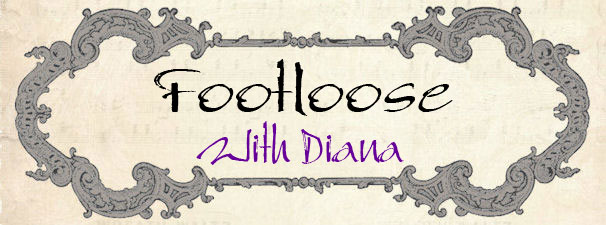The Piazza Navona itself is quite lovely, but we came to see the church of Sant’Agnese in Agone, a 17th-century Baroque church built by Bernini’s former student and arch-rival Borromini and commemorating the martyrdom of St. Agnes in the ancient Domitian stadium. It was built here at the behest of Pope Innocent X (although he was hardly that, as the 2006 book “Mistress of the Vatican” recounts), whose family home was next door, essentially as a private chapel. Interior photos were not allowed, but..
Then on up the Quirinale Hill to visit San Carlo all Quattro Fontane (San Carlo of the Four Fountains, fondly known as San Carlino). A lovely Baroque Borromini masterpiece, although I don’t have a photo of its serpentine facade as it was raining while we were there. Borromini is said to have modeled it on St Peter’s and the smaller size helps you decipher the structure of its grander inspiration. Isn't the dome equisite?
The Quriniale Hill has other delights and a wonderful view over Rome toward St. Peter's.
Another church we wanted to see nearby was closed, so we flitted off to the legendary Spanish Steps, built in 1723-25 to link the Bourbon Spanish embassy on the Piazza di Spagna with a church under the Bourbon’s patronage (see at the top in the following photo). At its foot is and early Baroque fountain, credited to Bernini’s father, whose name translates to “the ugly boat.”
Then on up the Quirinale Hill to visit San Carlo all Quattro Fontane (San Carlo of the Four Fountains, fondly known as San Carlino). A lovely Baroque Borromini masterpiece, although I don’t have a photo of its serpentine facade as it was raining while we were there. Borromini is said to have modeled it on St Peter’s and the smaller size helps you decipher the structure of its grander inspiration. Isn't the dome equisite?
The Quriniale Hill has other delights and a wonderful view over Rome toward St. Peter's.












No comments:
Post a Comment